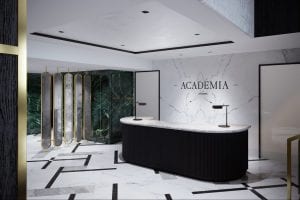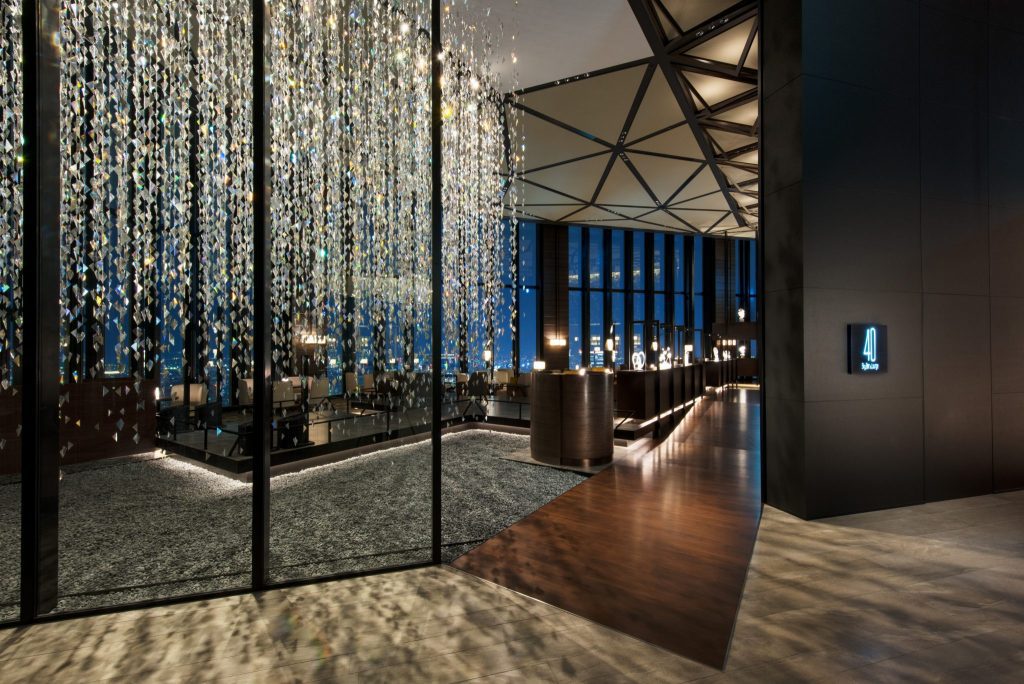Skift Take
Travel marketers need to think outside the box. The icebox, that is. A new research study reports that temperature can impact consumer perceptions of luxury and status.

Luxury Travel News
The Skift New Luxury column is our weekly column focused on the business of selling luxury travel, the people and companies creating and selling experiences, emerging trends, and the changing consumer habits around the sector.
With winter fast approaching (sigh), luxury travelers in the Northern Hemisphere are seeking sun and warmth. Aside from skiers and penguin-seekers, most winter vacationers will be heading to balmy climes.
Yet a newly released study from two esteemed international universities finds that luxury is synonymous with cold. The headlines are screaming, “Consumers Associate Cold with Luxury” and “Cold Temperatures Linked to High Status.” Reading beyond the headlines, however, shows that this phenomenon applies mainly to luxury products, not experiences.
For the most part, travel is considered a warm experience. And we aren’t just talking temperatures. Travel means human interaction and engagement with a destination. Travel’s very warm nature is likely a key factor in the forecast for experiential luxury to overtake spending on cold, hard consumer goods.
There are ways, however, that travel brands can combine the warmth of hospitality and cool elements that telegraph luxury, such as sleek design and the use of hard materials like marble, steel, and glass in hotel architecture. For more on the travel industry implications of Shivering for Status, read today’s lead story.
For feedback or news tips, reach out via email at [email protected] or tweet me @dailysuitcase.
— Laura Powell, Skift Luxury Editor
6 Looks at Luxury

The Academia of Athens, an Autograph Collection Hotel, might be perceived as running cool. Photo: Marriott International
Cooler Temperatures Can Heighten Perception of Luxury: How consumers feel about luxury products may depend on how they feel. That is, whether they perceive something to be hot or cold.
New Concepts Tackle Luxury Travel’s Abuse of Nature in Asia: Enough of abusing nature for luxury. Tourism players in Asia-Pacific share how conscious design and excursion-based wellness can change how we think about luxury resorts.
Did Singapore’s Changi Steal Qatar’s Airport Design? Looks like Qatar Airways’ CEO should have done his math first before accusing Singapore’s Changi Airport of plagiarizing the design of the airport expansion of Hamad International.
Los Cabos Is a Model for Mexico’s Events Industry After Tourism Board Closure: Los Cabos’ name recognition and infrastructure give it a huge advantage, so it makes sense that it emerged as a leader in the events space. Still, the city’s reworked meetings strategy has important info for other destinations.
Soul Cycle’s Move Into Retreats Will Test Loyalty of Its Spin Fanatics: Considering SoulCycle is a fitness company, it’s not outlandish to think it would want to get into the wellness retreat business. Whether it will actually earn enough of a profit from the trips to make it worth its while is another story.
Case Studies in Wellness Tourism That Go Beyond the Spa: Skift Research’s latest report, Defining the New Era of Wellness Tourism: Trends and Best Practices for Stakeholders, examines wellness tourism as it exists today, to get a sense of where it’s heading in the future.
Subscribe
Skift Luxury Editor Laura Powell [[email protected]] curates the New Luxury newsletter. Skift emails the newsletter every Tuesday.
The Daily Newsletter
Our daily coverage of the global travel industry. Written by editors and analysts from across Skift’s brands.
Have a confidential tip for Skift? Get in touch
Tags: luxury
Photo credit: The Conrad Osaka 40 Sky Bar and Lounge. The use of cool elements like steel, glass, and metal in hotel architecture could help convey a sense of luxury. Conrad Hotels & Resorts
